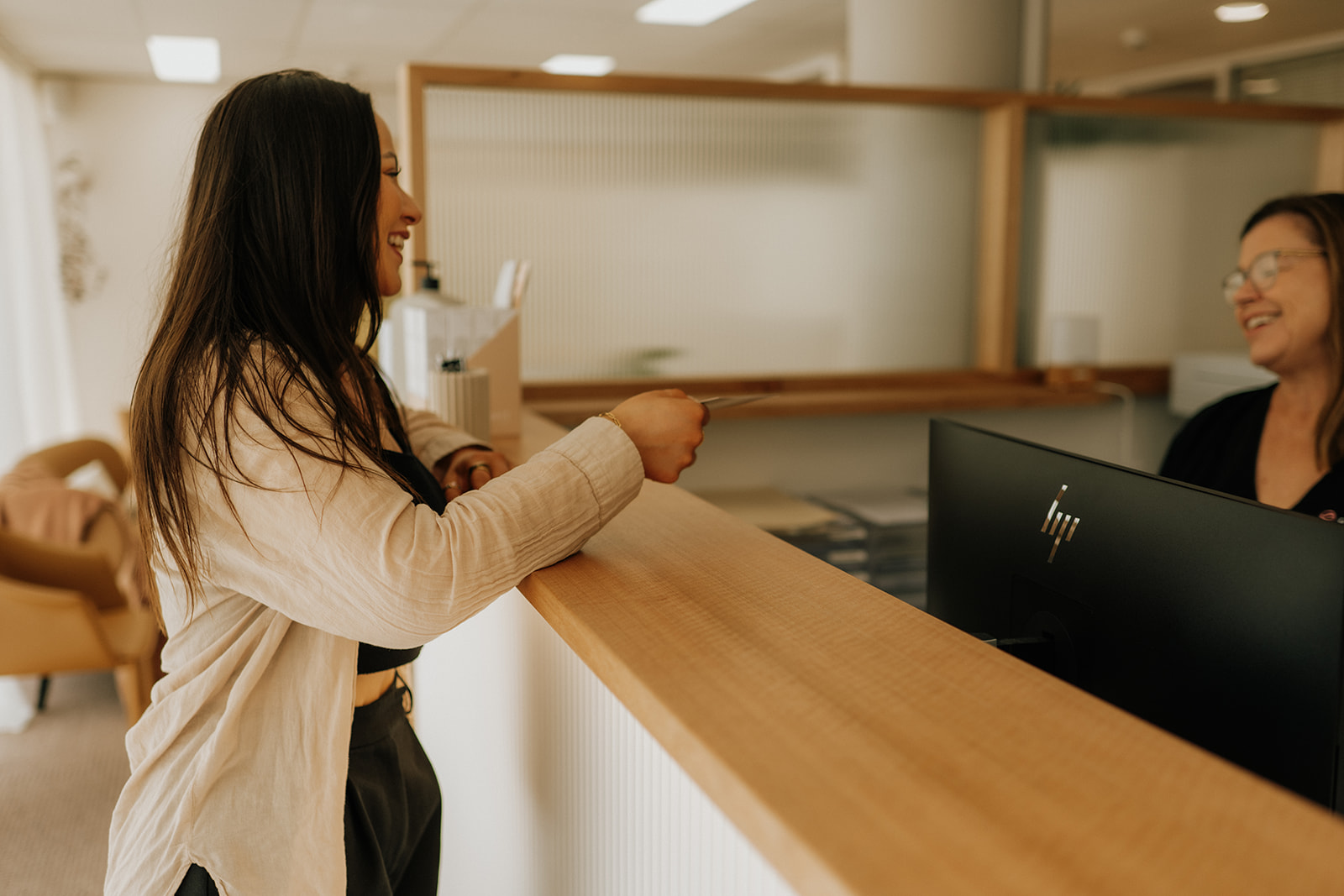Tattoo Removal
Tattoo removal technology has come a long way, and picosecond lasers like PicoWay offer the most advanced, effective, and safe solution available today. Unlike traditional nanosecond lasers, which rely on heat to break down tattoo ink, picosecond lasers use ultra-fast picosecond pulses (one trillionth of a second) to shatter ink into tiny particles. This means faster ink clearance with fewer sessions, more effective removal of stubborn colours like blues and greens and less heat damage, reducing discomfort and lowering the risk of scarring.
The PicoWay can be used for cosmetic, professional or amateur tattoos, and is suitable for complete removal or lightening ink for a cover-up.

Benefits
Faster and More Effective Results
The ultra-short picosecond pulses of the PicoWay laser break down ink into tiny particles, allowing your body to clear them faster than traditional lasers. This means fewer treatments are needed to achieve your desired results.
Safer for All Skin Types Tattoo Colours
Unlike older laser systems, PicoWay is safer for all skin tones and effectively targets difficult colours like blues, greens, and reds.
Minimal Discomfort and Downtime
With its photoacoustic effect, PicoWay reduces heat buildup, minimising discomfort and lowering the risk of scarring or skin damage.
How it Works


Initial Consultation
Your tattoo removal journey begins with a free consultation with our nurse or dermal therapist who will assess your tattoo and discuss appropriateness of laser, likely sessions and costs as well as your likely outcome. Factors like tattoo size, colour, ink depth (professional v amateur), and skin type will determine the number of sessions needed.
Treatment
Prior to the treatment, a numbing cream is provided for you to apply at home. Cool compress is used during your treatment to make the process more comfortable. Treatments are quick – with small tattoos only taking a few minutes. Amateur and cosmetic tattoos take fewer treatments that professional tattoos and those with several colours. Most patients require 4-10 sessions, spaced 6-8 weeks apart, for optimal results.
Aftercare
Proper aftercare ensures the best results. It is important to keep the area clean and dry and apply healing ointments as advised. Avoid sun exposure on the treated area, refrain from picking or scratching the treated area and follow all post-treatment
instructions to minimise side effects.